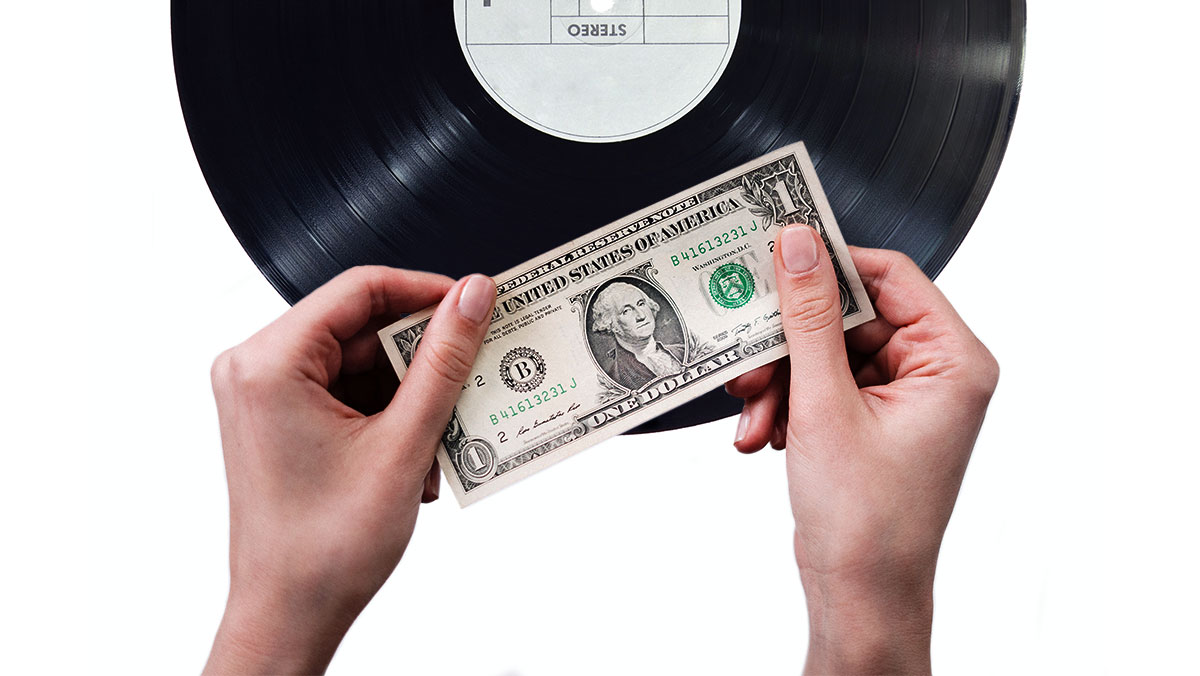
Earlier this year, we embarked on an exciting project with YouGov to lift the lid on the purchasing power of sound within brand marketing.
The survey of over 2,000 adults from across Britain found that 1 in 3 adults under the age of 35 (33 percent) feel more favorable towards brands with a sonic identity than those without. But perhaps most significant was the finding that almost 1 in 5 adults under 35 years (18 percent) are more inclined to actually choose or buy a product or brand with a sonic identity than one without. With over 14 million adults in Britain today under the age of 35, the use of audio evidently presents a significant market opportunity for brands.
Let’s be clear, the relationship between sound and brand marketing is no new concept. Over the years, there have been countless studies that explore the use of music and sound within brand building, focusing on the powerful emotional connection that consumers can experience from different sounds, and how these can affect their perception of a brand and their ability to recall its identity.
For example, research by Leicester University in 2008 found that brands that use music that is aligned with the brand identity are 96 percent more likely to be remembered by the consumer, than the brands that use ‘unfit’ music or no music at all.
Meanwhile, a report published in 2012 in the Journal of Product and Brand Management started to look at how sound could influence willingness to pay, suggesting that music and the pace of it can influence customer behavior (slower music increased the sales at a US supermarket chain by 39.2 percent, for example).
However, we wanted to take this one step further to really get under the skin of purchasing intent, looking at why consumers choose to buy one product over another and investigating the role that sound can play in driving these choices.
What was particularly interesting about the YouGov data was the significant difference in attitudes towards sound within marketing amongst different age groups, with the younger generations more favorable towards brands that use sound as a core part of their architecture, than those from older age groups. With adults under the age of 35 spanning both the Millennial and Gen Z groups, they hold enormous economic power when you consider their combined consumer spend.
In the UK, Millennials constitute a third of the population, and with many in this group owning their own home, starting families, and entering more senior positions at work, the millennial pound is only going from strength to strength.
Meanwhile, the Drapers Millennial and Gen Z Report 2020 stated that Gen Z accounted for 40 percent of global consumers, becoming one of the fastest-growing consumer markets for brands. This is a generation that has been shaped by the smartphone, growing up with a level of connectivity and information that no other generation has seen before, bringing with it the influence of wide-ranging, tech-enabled, media consumption, including audio.
The truth is, Millennials and Gen Z are a powerful economic force that consumes a far more diverse range of media than older generations, enabling brands to deploy more sensory and interactive marketing tools, including music and sound.
So, for brands looking to the future, this demographic will be the driving force of the global economy making it a crucial market for brands to target. With sound already influencing their consumer choices, now is the time for brands to make sound a key ingredient of their architecture.
Cover image source: Miguel Á. Padriñán and cottonbro
